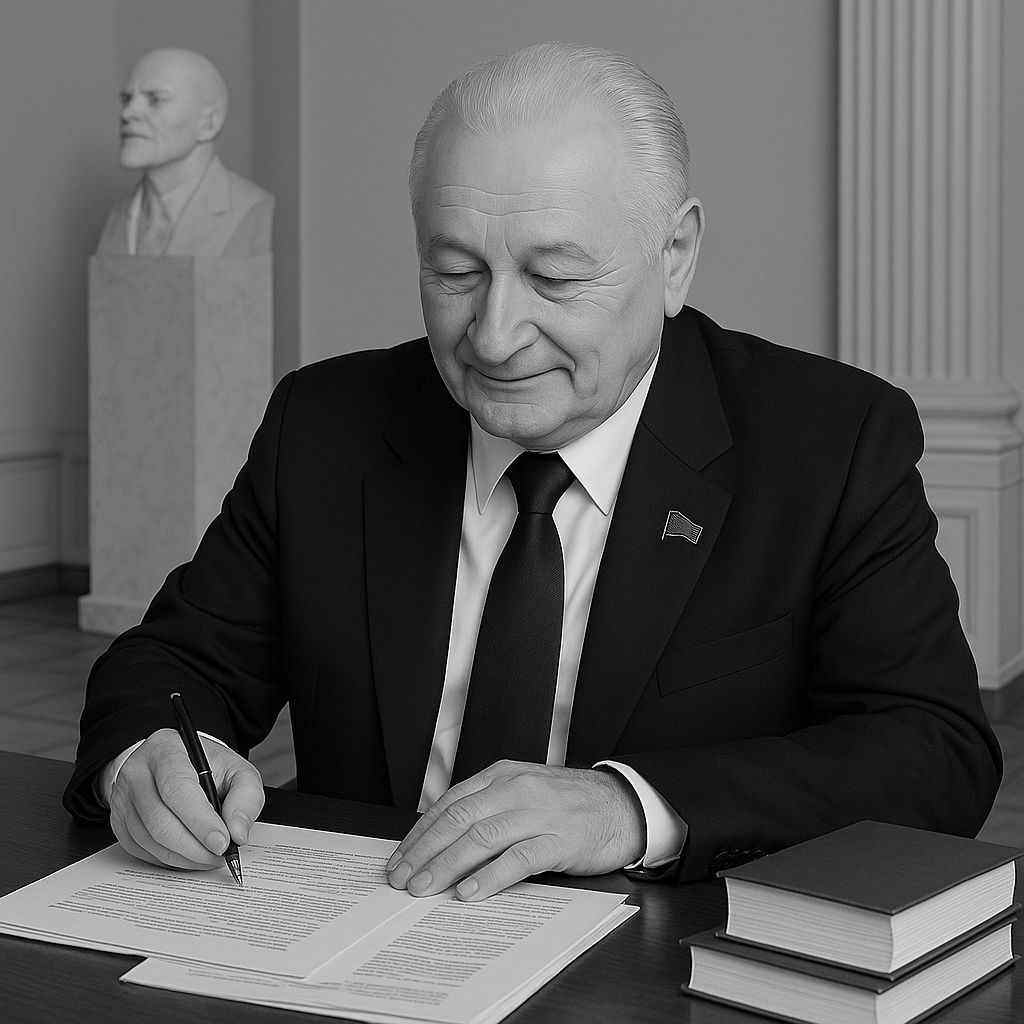
Vladimir Chelomei
Designer of the Proton rocket and innovative space systems
Early Life and Career
Born on June 30, 1914, in Siedlce, Poland (then part of the Russian Empire), Vladimir Nikolayevich Chelomei showed exceptional mathematical ability from an early age. He graduated from the Kiev Aviation Institute in 1937 and quickly became involved in the development of pulse jet engines.
During World War II, Chelomei worked on the development of pulse jet engines similar to those used in the German V-1 flying bomb. His success in this field led to his appointment as director of his own design bureau in 1944, where he began developing cruise missiles for the Soviet Navy.
Key Achievements
- Development of the Proton rocket
- Design of the UR-100 ICBM
- Almaz military space station concept
Innovations
- Universal rocket concept
- Reusable spacecraft designs
- Military space systems
The Proton Legacy
Chelomei's most enduring contribution to spaceflight was the Proton rocket, originally designed as the UR-500 missile. First launched in 1965, the Proton became one of the most important heavy-lift vehicles in the Soviet/Russian space program, launching space stations, interplanetary probes, and commercial satellites.
The Proton rocket's reliability and versatility made it a cornerstone of the Soviet space program, launching the core modules of both the Salyut and Mir space stations, as well as numerous scientific and military payloads. The rocket continues to serve as a major launch vehicle for the Russian space program today.
Political Influence and Competition
Chelomei's career benefited significantly from his political connections, particularly his relationship with Soviet leader Nikita Khrushchev, whose son Sergei worked at Chelomei's design bureau. This political patronage allowed him to pursue ambitious projects and compete effectively with Korolev's design bureau.
After Khrushchev's removal from power in 1964, Chelomei's influence waned, but his bureau continued to develop important military and civilian space systems. He died on December 8, 1984, leaving behind a legacy of innovative spacecraft designs and the still-operational Proton rocket.